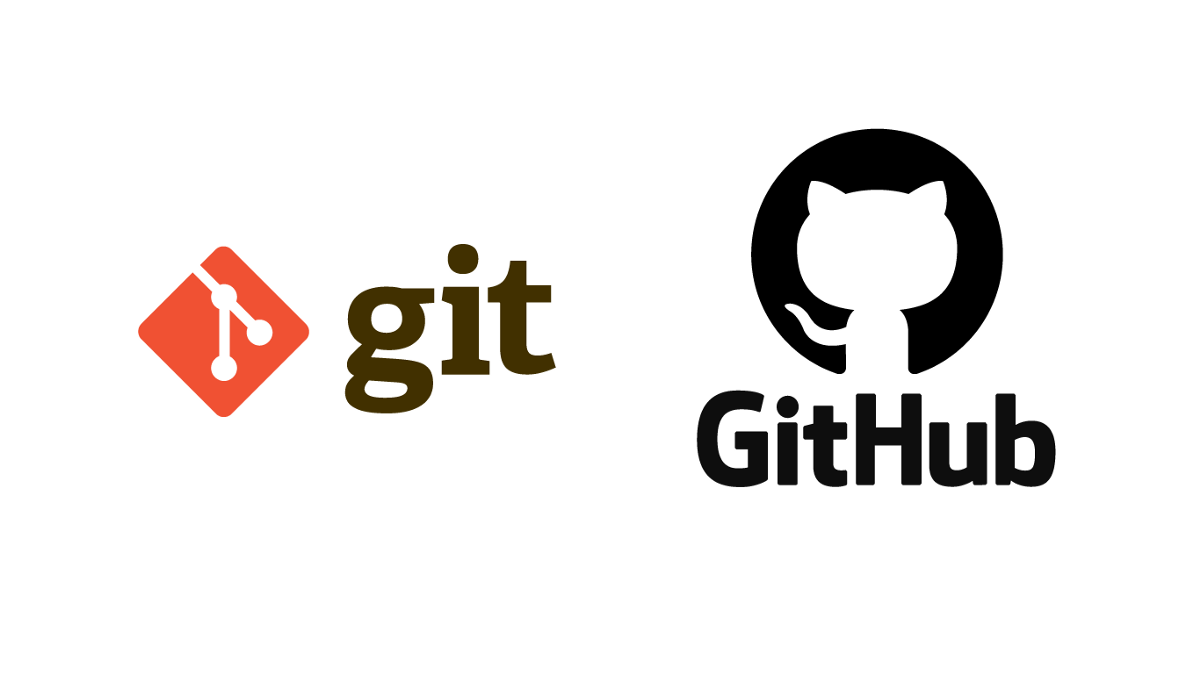Git and GitHub are basic tools for modern software development, providing a means of implementing version control and collaboration and facilitating the whole development process. It's a distributed version control system that lets developers see and manage the changes that happened in the codebase over time. It tracks all changes made to the codebase, allowing developers to roll back previous versions, work more efficiently, and record their project history. This works locally on a developer's computer, allowing the person to work separately and synchronize their changes with a central repository afterward.
On the other hand, GitHub is a cloud service hosting Git repositories, where developers can collaborate on their work more easily and share code with others. It offers a social layer over Git where developers can create public or private repositories, manage issues, process pull requests, and work with other people on open-source projects. Besides this, it also provides wikis, project boards, and continuous integration features to extend development.The key strength of Git revolves around working with branches where developers may handle individual features or fixes before merging them into the master codebase. This allows for minimizing code conflicts while allowing parallel development.
Alongside this, GitHub allows easy pull request handling, through which developers can propose changes into a project and negotiate them with the team members. In short, the union of Git and GitHub provides a considerable version control and collaboration arsenal. Git enables fine-grained control over changes, while GitHub offers a platform for sharing and collaboration with other developers on code. Together, they constitute the very backbone of modern software development.

Comments
Post a Comment